EAR CORRECTION ( OTOPLASTY )
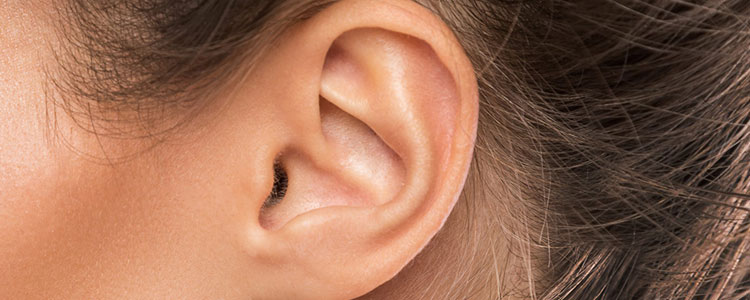
The ear is a popular surgery for both males and females and the most common procedure to have done.
The cause is usually a congenital malformation of the ear cartilage or an asymmetrical development of various cartilage patterns.
Often the ear fan is associated with other malformations of the auricle. With an otoplasty or an ear correction, you can reshape the cartilage and put the ear in the desired position.
The intervention is possible at any age, however since the ears have been a reason that children are teased, it is a better circumstance to correct this imperfection in the first 10 years.
The intervention can be performed safely under local anesthesia in the doctors clinic of the plastic surgeon.
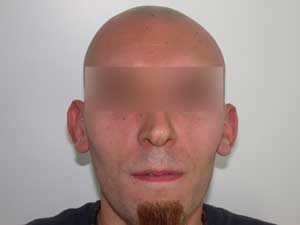
Before intervention
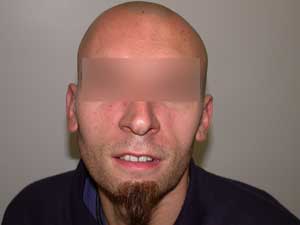
After intervention
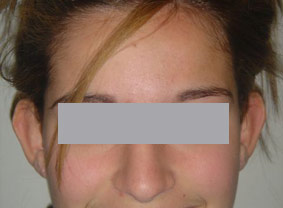
Before intervention
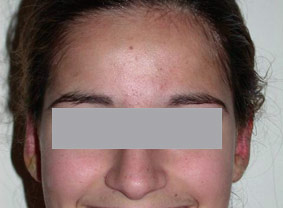
After intervention
Precaution \ Preparation
An otoplasty has no special preparations for the intervention. You can obtain a wide band to wear over the ears after the procedure.
They are aspirin-type painkillers not to be taken before the intervention because their active ingredient interferes with blood clotting and can cause excessive bleeding resulting in damage to the cartilage.
If you bruise easily or if you bleed excessively in the case of small wounds there will require some more analysis to exclude difficulties of your blood to clot.
Communicate to your surgeon if you suffer from allergies against certain medicines, soaps, disinfectants, or patches. Also, let your doctor be aware if you have been or have taken certain drugs regularly.
The intervention process
The patient is lying on its back with its head raised slightly.
After being disinfected to the hairline, the hair is then covered with sterile towels down to the shoulders and the face remains free.
Local anesthesia is given making a small incision barely perceptible behind the ear lobe.
If the ear has an anthelix poorly developed or missing, we then proceed in remodeling the cartilage and then set it in the correct position.
To correct the position of an ear, an incision behind the ear is made and the cartilage is then modeled with a special surgical instrument until it reaches the form the client had requested for. At this point, we fix cartilage with some fine points standings. Then it moves to the final structure.
The intervention takes about 30 minutes per ear.
At the end of the setting, the ears are covered with a bandage slightly compressed for about one week.
What happens after surgery
Immediately after the procedure slight pain and bruising may occur. Both of these symptoms disappear after a few days.
For three weeks the ears will be swollen and sensitive to the touch.
The patches and thread suture will be removed about 10 days after surgery, the scar fades with time and will be barely visible. It will take 2-3 months to see the final result.
If the intervention was performed under local anesthesia you may take into consideration that anesthesia, painkillers, or sedatives can affect your ability to react. Let yourself be accompanied home after the procedure and remain under observation for the first 24 hours.
Possible complications
Otoplasty usually leads to good aesthetic results.
However, performing the surgery with the best techniques, complications can arise during and after the procedure.
Very strong pain after the procedure could be caused by a bandage too tight or by a hematoma (localized blood accumulation).
If there is a hematoma it can be drained and only in very few cases should result in a second intervention.
Very rarely, and only according to everyone's tendencies, in the suture areas, a scar could form, the scar could increase and change in color, which may cause pain and itching. In this case, the surgeon injects cortisone, adds compressive bandages, and eventually, he removes it through surgery, but that entails the risk of a recurrence of scars.
The risk of infection, common to all surgery, is rare. The risk of losing blood can create damage to the skin or cartilage, especially if the ear had a previous surgery.
There are rare cases of rejection of the suture thread used to fix the cartilage in his new position. In this case, the ear is back again in its flapped forward position.
It’s possible that the formation of scars and cartilage in the old position can affect the appearance of an Otoplasty. In this case, you can have a surgical correction.
Precautions after surgery
For three weeks wear a bandage or a cap at night to avoid the ears to fold.
After 3-4 days you can return to school or work. Give up your sports activities for about 6 weeks. Proceed gently when you wash your hair and do not bend your ears forward for at least 6 weeks.
